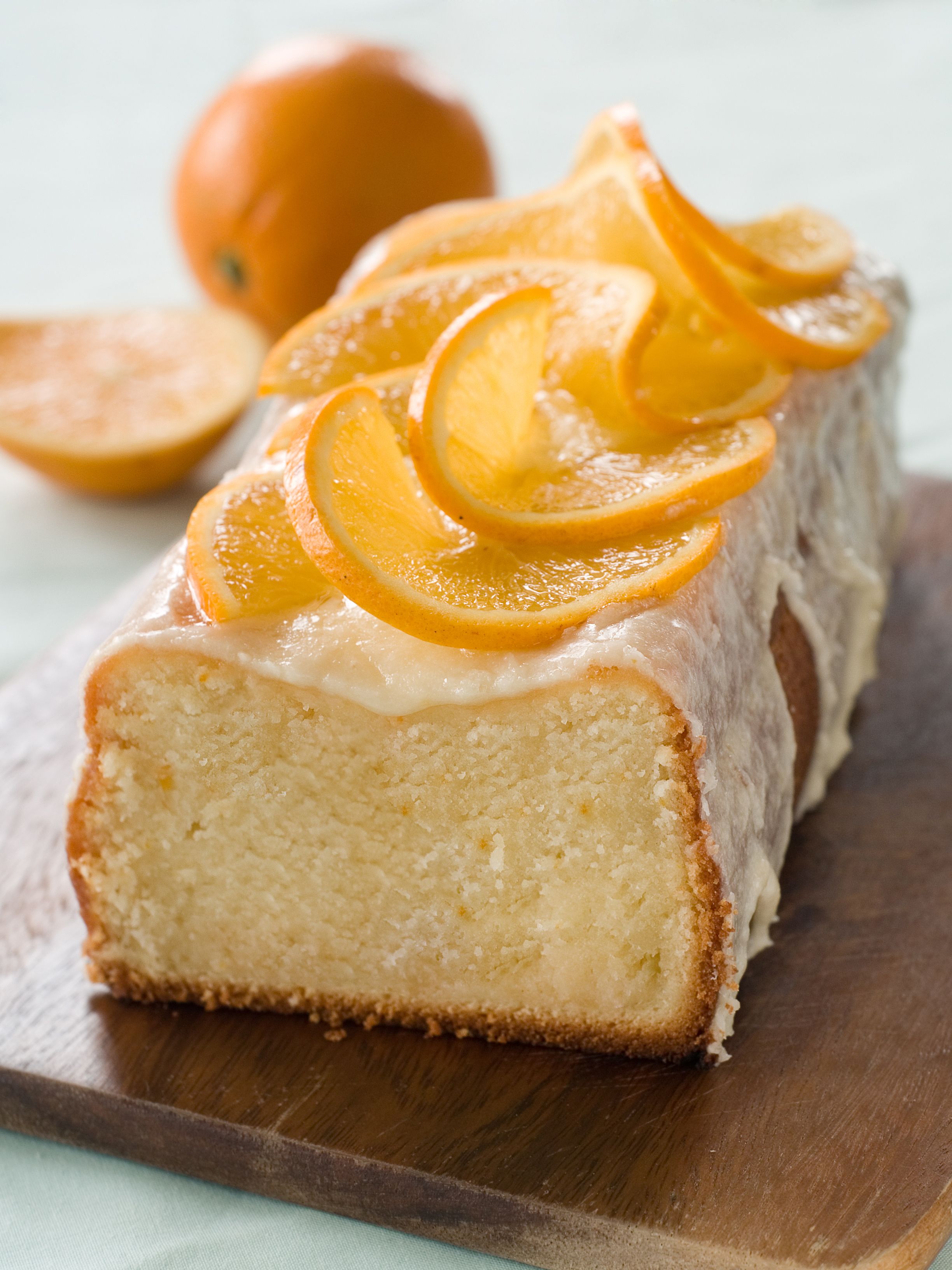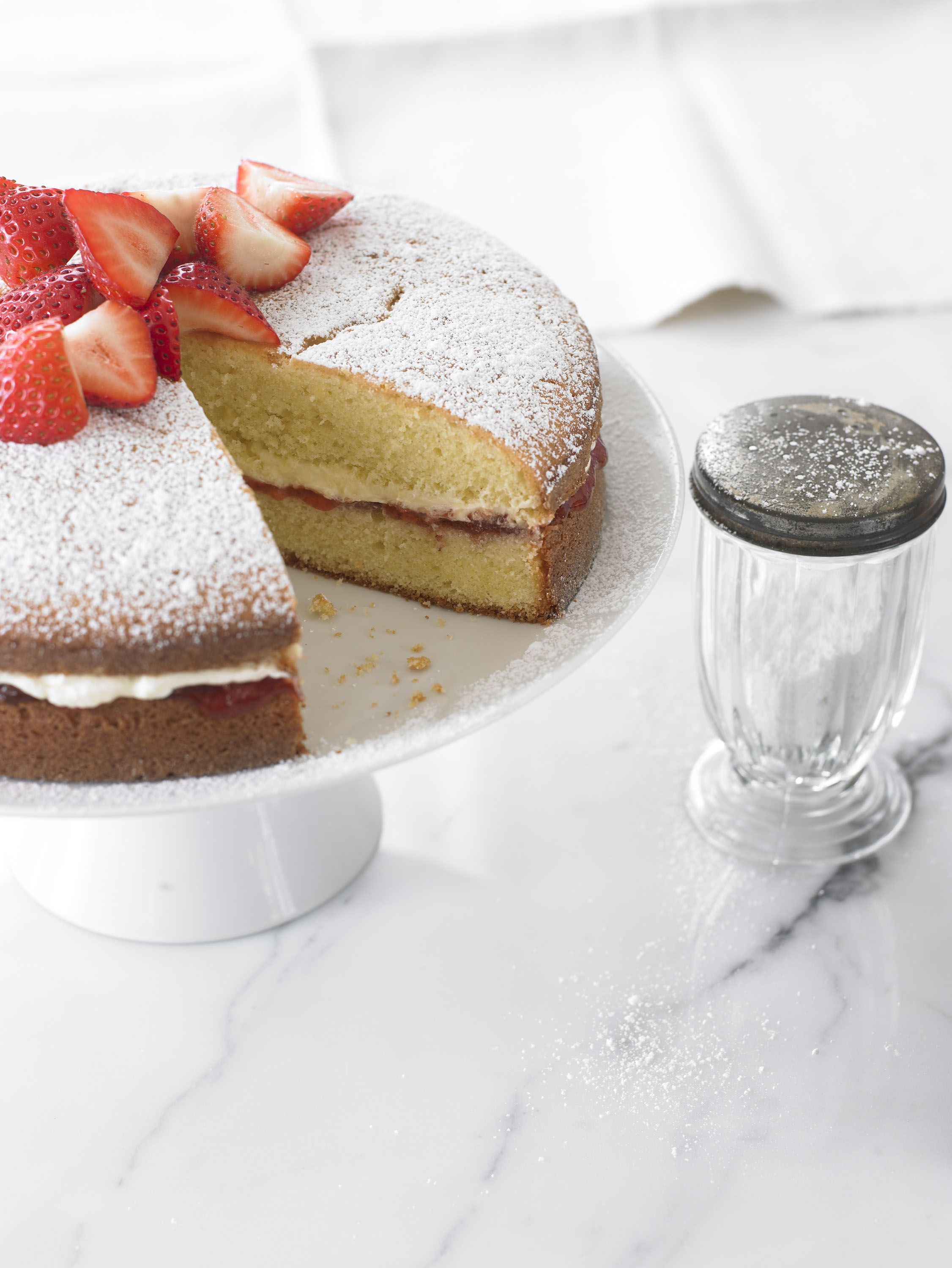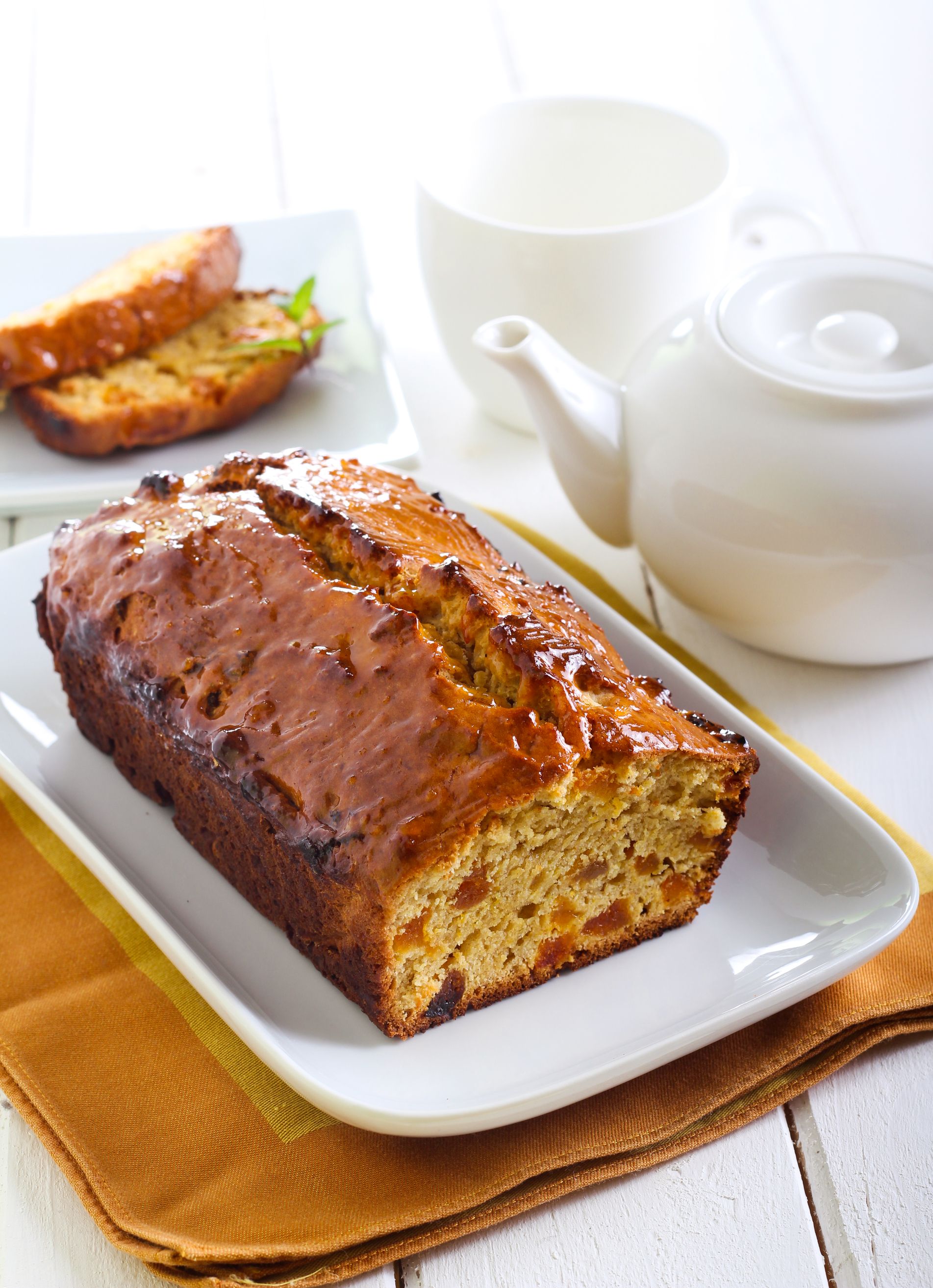Tea Bread and Sweets
A proper afternoon tea is just that – proper! Dainty finger sandwiches, delicate pastries and perfectly crafted scones are presented ceremoniously on a three-tiered cake stand. Jams, clotted cream and lemon curd appear in little pots alongside. A steaming cup of tea is poured with absolute precision over a strainer into fine china. Doesn’t this sound like a perfect way to celebrate “Grandparents’ Day,” a yearly event observed on September 12 that often gets overshadowed by activities that come with the end-of-summer and back-to-school? If a proper tea seems too daunting, or if you just want to enjoy a casual teatime with your grands, fear not. These carefree recipes can be served on simple china — with or without the three tiers — with a hot cup of your favorite tea brewed with a teabag, yes, a teabag! Champagne is optional but encouraged on this special day. Last week, sandwiches and scones; this week, tea breads and sweets. You can find these and other teatime recipes in my cookbook Teatime in Ireland. Order signed copies at www.irishcook.com.

ORANGE TEA LOAF
Makes 1 loaf
This not-too-sweet tea loaf comes together in a matter of minutes. You can serve it unadorned, tart it up a bit with marmalade glaze, or make it sweeter with a drizzle made with confectioners’ sugar and orange juice. If you choose to sweeten with the glaze, you might also like to add some candied orange slices or grated orange zest.
1/2 cup plain yogurt
1/2 cup sugar
1/2 cup sunflower oil
2 large eggs
1 1/2 cups self-rising flour
1/3 cup fresh orange juice
1 tablespoon orange zest
1 tablespoon orange marmalade mixed with 1 tablespoon water, for glazing
1. Preheat oven to 300°F. Coat a 9-inch loaf pan with nonstick baking spray with flour.
2. In a large bowl, whisk together yogurt, sugar, oil and eggs. With a wooden spoon, fold in flour; stir in orange juice and zest. Transfer mixture to prepared pan.
3. Bake for 1 hour, or until a skewer inserted into center comes out clean. Remove from oven; let cool on a wire rack for 5 minutes. Invert cake onto rack; return to upright.
4. In a small bowl, heat marmalade and water in a microwave on HIGH for 20 to 25 seconds, or until runny; brush marmalade over top of warm cake. Let cool completely before cutting into slices.

Victoria Sponge.
APRICOT-WALNUT TEA LOAF
MAKES 1 LOAF
This tea loaf is riff on tea brack, a popular Irish quick bread that uses tea to plump up dried fruit. Instead of tea, water plumps up the apricots and raisins, and both white and wheat flour give it a lovely texture. Brush the top with apricot glaze for added sweetness.
3/4 cup chopped dried apricots
1/2 cup golden raisins
3/4 cup boiling water
3/4 cup sugar
1 ounce butter, at room temperature
1 egg
3/4 cup all-purpose flour
3/4 cup whole wheat flour
1 teaspoon baking soda
1/4 teaspoon salt
1/8 teaspoon nutmeg
1/8 teaspoon cinnamon
1/2 cup chopped walnuts
1 tablespoon apricot jam mixed with 1 tablespoon water, for glaze
Softened butter or cream cheese, for serving (optional)
1. Preheat oven to 350°F. Coat a 7-inch loaf pan with nonstick baking spray with flour.
2. In a medium bowl, combine apricots, raisins and water; soak for 20 minutes.
3. In a large bowl, beat sugar and butter with an electric mixer until light and fluffy; beat in egg. With a wooden spoon, stir in all-purpose flour, whole wheat flour, soda, salt, nutmeg and cinnamon, alternating with apricot-raisin mixture. Stir in walnuts. Transfer mixture to prepared pan.
4. Bake for 65 to 70 minutes, or until top is golden and a skewer inserted into center comes out clean. Remove from oven; let cool on a wire rack for 15 minutes. Invert bread onto rack; return to upright.
5. In a small bowl, heat apricot jam and water in a microwave on HIGH for 20 to 25 seconds, or until runny; brush over top of warm cake. Let cool completely before cutting into slices. Serve spread with butter or cream cheese, if desired.
VICTORIA SPONGE
SERVES 8 TO 10
This traditional cake consists of jam and whipped cream sandwiched between two sponge cakes. It’s named in honor of Queen Victoria who spent time at her residence on the Isle of Wight following the death of Prince Albert in 1861. In order to inspire the monarch to get back into the swing of civic duties, she was encouraged to host tea parties, at which a sponge cake like this was served. “Victoria Sponges” became fashionable throughout England and Ireland at the time and eventually became the measure of a home-baker. The top of the cake is generally left undecorated except for a sprinkling of confectioners’ sugar, sometimes over a doily to create a lacy pattern.
For the cake
6 ounces butter
3/4 cup sugar
4 large eggs, beaten
2 cups self-rising flour
For the filling
1/2 cup strawberry or raspberry jam
2/3 cup heavy cream, whipped
Confectioners’ sugar, for dusting
Fresh strawberries, for garnish (optional)
1. Make cake. Preheat oven to 325° F. Coat two 8-inch round pans with nonstick baking spray with flour.
2. In the bowl of a stand mixer fitted with a paddle attachment (or with a hand mixer), beat butter and sugar on medium speed for about 5 minutes, or until light and fluffy.
3. In a small bowl, whisk eggs. Gradually beat them into butter mixture; fold in flour until fully incorporated. Transfer mixture to prepared pans.
4. Bake for 25 to 30 minutes, or until top is golden and springs back when gently pressed with your fingers. Remove cakes from oven; let cool on a wire rack for 15 minutes. Remove cakes from pans; let cool completely.
5. Spread one cake layer with jam; spread whipped cream on second layer. Sandwich cakes together.
6. Place an 8-inch doily on top of cake; lightly sift confectioners’ sugar over it. Carefully remove doily, leaving a lacy pattern on cake. Cover and refrigerate cake until serving time. Garnish with fresh strawberries, if desired.








